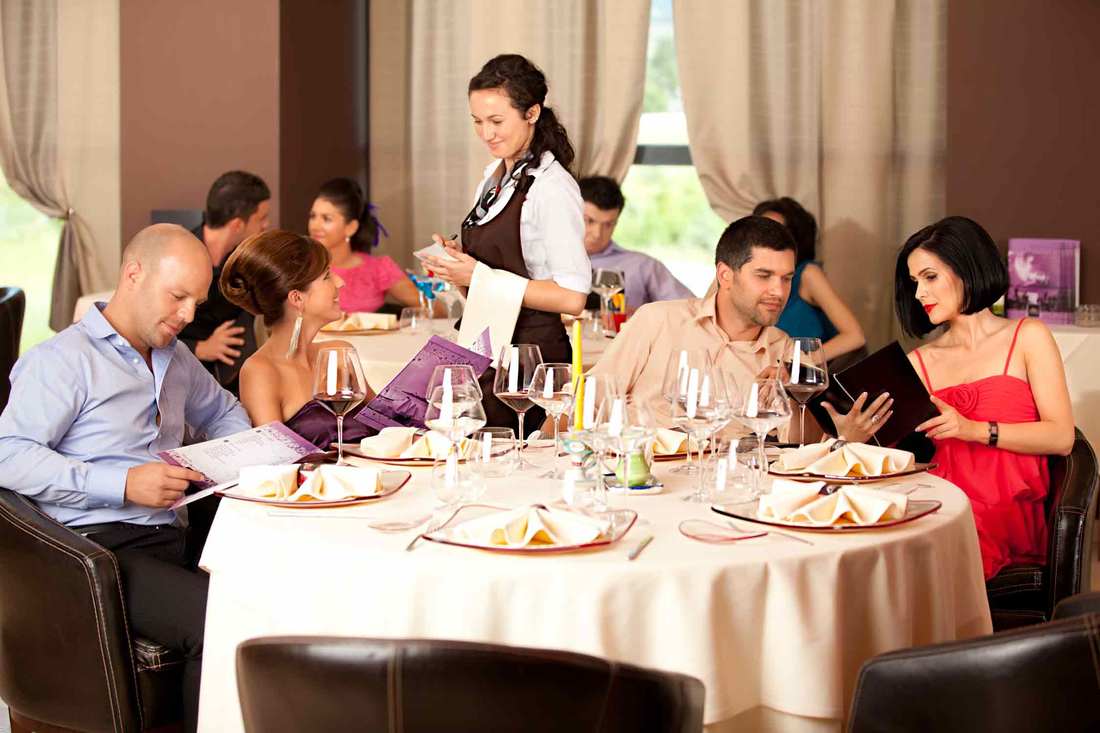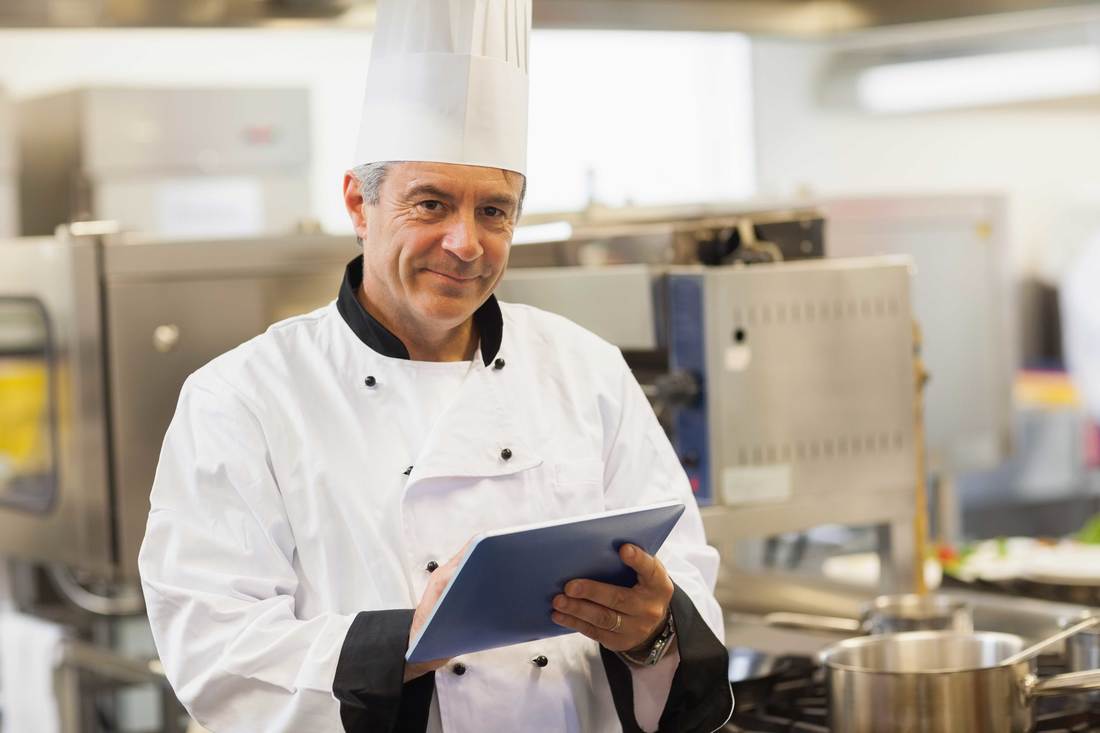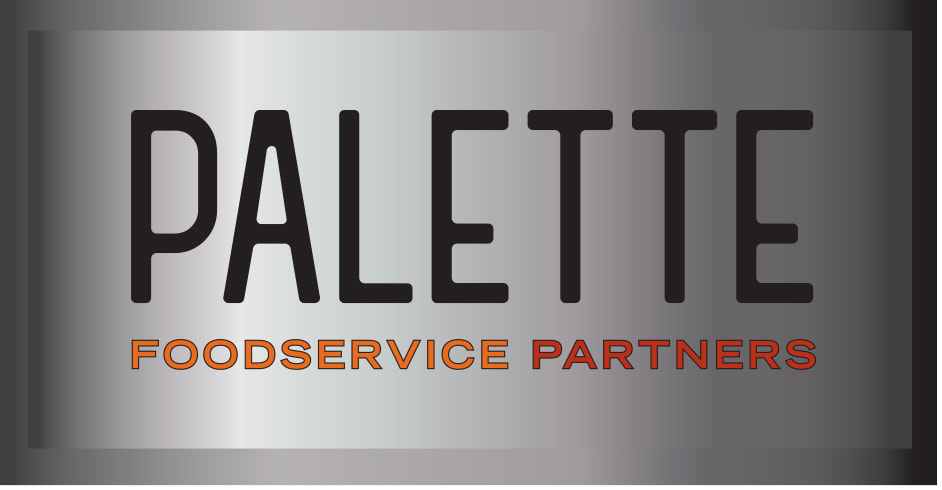|
Your guests expect the convenience and personalization that technology provides, but they likely still want it delivered with human interaction. Helping restaurant operators strike that balance is a key topic in “Diners of the Future,” a new report from SevenRooms. As your guests’ needs evolve, you might be considering incorporating technology ranging from AI-powered chatbots to automated assistants who can field inquiries to your restaurant. Ask yourself how these tools can improve the guest experience while helping your guest-facing employees do their jobs even better. Can it enable your guests to request a favorite server? Can it help a server greet all returning guests by name (not just your longtime servers and most loyal guests), guide them to their preferred table or remember their favorite appetizers? Could your restaurant create a personalized menu for a guest based on their food preferences you have stored in your database? This kind of specialization continues to be a priority for restaurant guests in the U.S., with at least 20 percent selecting restaurants that can provide individualized experiences, according to the report. While the generation coming of age is comfortable with technology, which will make it increasingly common in restaurants, the current challenge, SevenRooms says, is to nimbly offer the technology-enabled conveniences that those guests expect – while also ensuring that your existing guests experience the human touch without noticing the technology running behind the scenes that helps to make it all possible.
When it comes to boosting your food safety record, technology might be your restaurant’s greatest ally. Consider the checklists you need to monitor and update, whether for Hazard Analysis and Critical Control Points compliance to employee training. As Food Safety Magazine reports, having the right digital platform to manage all of your restaurant’s checklists has wide-ranging benefits, allowing you to access multiple sources of information from one location, improving your efficiency and managerial control, and reducing fraud and waste. Of course, there are many options to choose from, but the best ones will let you log time and temperature data, maintain warming and cooling logs, integrate operational checklists on a single interface, conduct an audit, monitor your cleaning compliance, identify potential fraud, and enable you to use checklists as training tools. Make sure the app is easy to navigate and that it has features to help you detect and resolve problems, such as a dish lingering in the temperature danger zone for too long (a problem that brought Chipotle back into the news in recent weeks) or a checklist being completed in a questionable way (a digital checklist can hold employees accountable in ways a paper checklist cannot). It should also allow you to access data and reports remotely and notify you with a real-time alert if and when something goes wrong.
|
Subscribe to our newsletterArchives
July 2024
Categories
All
|





 RSS Feed
RSS Feed